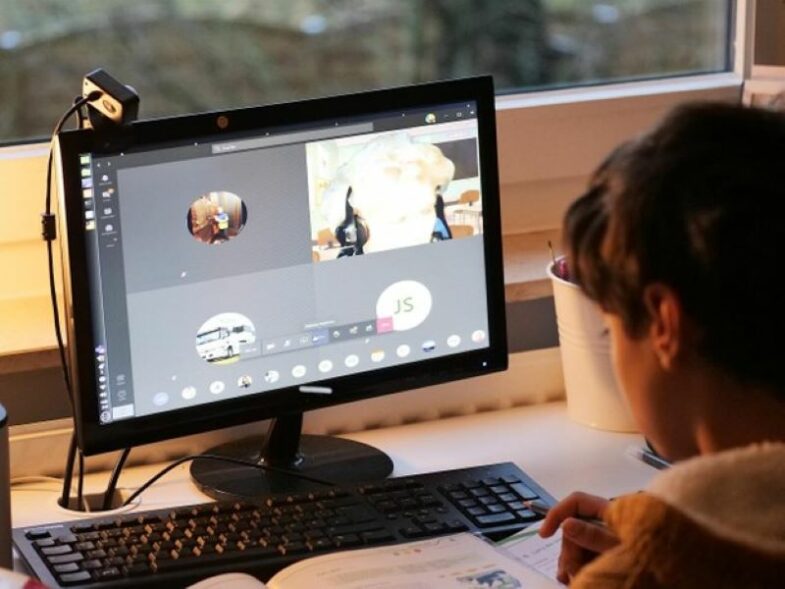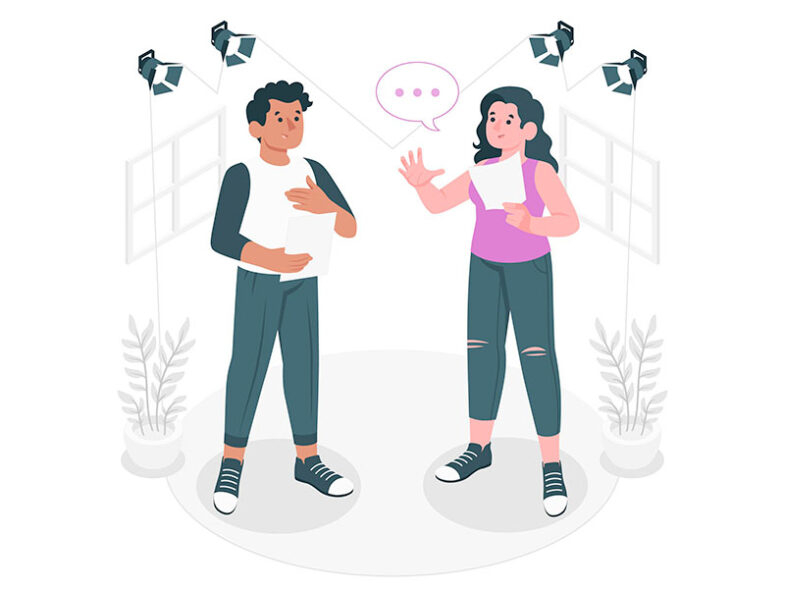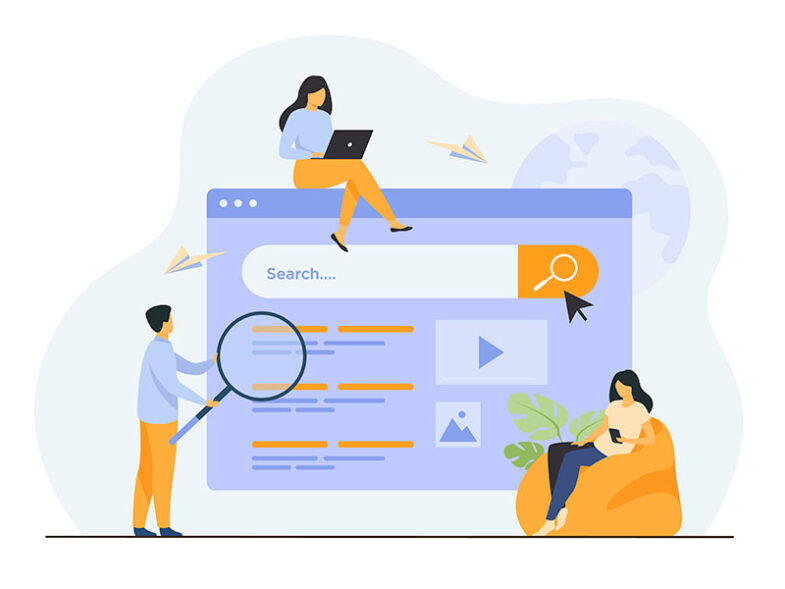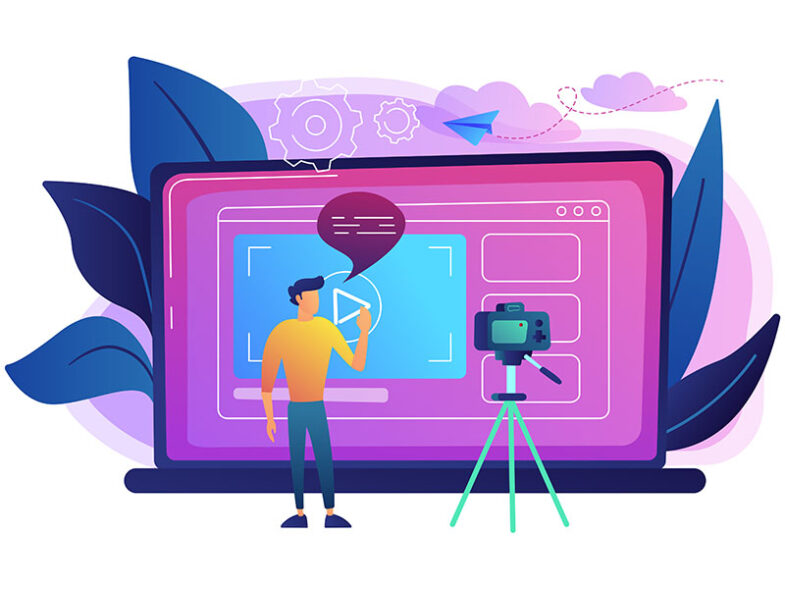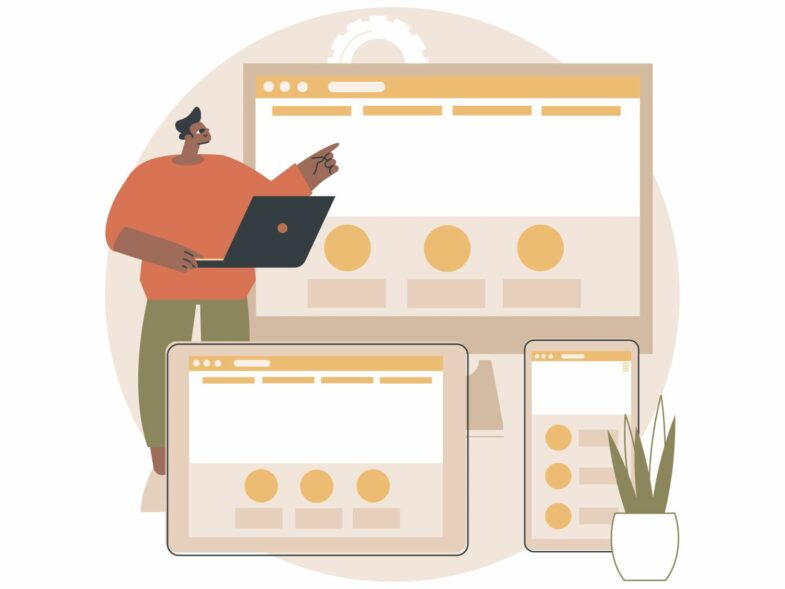Video chat has transformed digital communication by allowing people to connect face-to-face regardless of distance. What once required expensive equipment and high-speed connections is now a routine part of daily life, accessible on smartphones, tablets, and computers.
This article will explore how video chat has evolved from a niche technology into a mainstream form of communication. It will examine its impact on personal connections, remote work, education, healthcare, and business interactions.
How Video Chat is Transforming Communication
Immersive and Personal Conversations
Video chat makes conversations more personal by allowing people to see facial expressions, gestures, and body language, creating a more natural and engaging interaction. Unlike text-based messaging, which can lead to misunderstandings due to the lack of tone and visual cues, video chat fosters real-time emotional connections. This shift is impactful in social settings.
For example, as the Emerald Chat blog explains, video chat enhances personal connections, particularly among strangers looking to make new friends. Unlike traditional text-based chat rooms, it pairs users in live video conversations, making interactions more authentic and engaging.
Enhances Collaboration and Productivity
Video chat enables teams to meet, share ideas, and work on projects regardless of location. It allows remote teams to function as efficiently as the ones in traditional office spaces. As such, instead of relying solely on emails or messaging apps, video meetings provide face-to-face interaction, making discussions more dynamic and reducing miscommunication.
One of the key features that improve collaboration is screen sharing. Employees can present reports, demonstrate workflows, or troubleshoot technical issues, keeping everyone on the same page.
Many platforms also integrate project management tools, allowing teams to brainstorm, edit documents, and assign tasks during meetings. These capabilities help streamline decision-making processes and reduce delays caused by back-and-forth communication.
Companies with global teams benefit significantly from video chat, as it eliminates the need for travel while maintaining real-time engagement. Businesses can hold virtual conferences, train employees remotely, and conduct client meetings without logistical challenges.
Access to Education
Video chat enables students to participate in interactive lessons, making online education more engaging and effective. Instructors can deliver live lectures, answer questions, and use visual aids to enhance understanding. Unlike pre-recorded videos, live video sessions allow immediate feedback, helping students grasp complex concepts more quickly.
Tutoring services have also benefited from video chat by providing personalized, one-on-one instruction. For instance, tutors can assess student progress and share screens to demonstrate solutions. They can also adapt lessons based on individual learning needs. This accessibility allows students to receive high-quality education without geographical limitations, connecting them with experts worldwide.
On top of that, virtual study groups help students collaborate, discuss coursework, and prepare for exams in a structured yet flexible environment. With features like breakout rooms and screen sharing, participants can work together as if they were in a physical classroom. It fosters teamwork and deeper understanding, especially in subjects that require problem-solving and discussion.
Revolutionizing Healthcare
Telehealth enables patients to consult with doctors, therapists, and specialists through video chat, reducing the need for in-person visits. It is particularly beneficial for individuals in remote areas, those with mobility challenges, or patients needing quick medical advice without long wait times. Physicians can assess symptoms, provide prescriptions, and recommend treatments without requiring a physical appointment.
Mental health services have also expanded through video chat, making therapy more accessible. As such, patients can connect with licensed therapists from the comfort of their homes, reducing stigma and increasing the likelihood of seeking help. Further, real-time video sessions allow therapists to observe nonverbal cues, ensuring more effective communication than traditional phone calls.
Another benefit of video chat capabilities is collaboration. Specialists can collaborate more efficiently through video consultations, providing second opinions, or guiding local healthcare providers in complex cases. It can be beneficial for rural hospitals with limited access to some medical expertise. Video chat also improves post-surgical follow-ups, allowing doctors to monitor recovery without requiring patients to travel.
Shaping Customer Service and Support
Video chat allows businesses to provide real-time customer support, making interactions more efficient and personal. Instead of relying on chatbots or lengthy email exchanges, customers can connect directly with a representative who can assess issues visually and provide immediate solutions. It helps when troubleshooting technical problems, where screen sharing and live demonstrations resolve issues faster than written instructions.
AI-driven features are making video chat more efficient and inclusive. Real-time transcription allows users to follow conversations easily, benefiting those with hearing impairments and improving clarity in professional meetings.
Further, automated translation breaks language barriers by converting speech into subtitles or spoken translations, enabling seamless global communication. These advancements do not only benefit customer service. They are useful in education, telehealth, and business.
Improving Legal and Judicial Proceedings
Video chat allows courts to conduct remote hearings, reducing the need for in-person appearances, minimizing scheduling conflicts, and speeding up case resolutions. Such efficiency helps in minor cases, pretrial motions, and administrative hearings, where physical presence is not always necessary.
Attorneys also use video chat for legal consultations, enabling clients to receive legal advice without visiting an office, which makes legal services more accessible and efficient. In addition, correctional facilities benefit from video conferencing by reducing the logistical and security challenges of transporting inmates for court appearances.
Expanding Media and Entertainment Engagement
Video chat makes interactions between celebrities, creators, and fans more direct and personal. For instance, live interviews that were once limited to television studios and press events take place through video calls, allowing artists, actors, and public figures to engage with audiences.
In addition, news outlets, podcasts, and streaming platforms frequently use video chat for remote guest appearances, making interviews more accessible and reducing logistical barriers. Further, virtual fan events allow audiences to connect with their favorite celebrities and influencers without attending in-person meet-and-greets.
Conclusion
Video chat is shaping the future of communication. For example, it removes geographic barriers, enabling remote work, online education, and telehealth. In addition, AI-driven features like transcription and real-time translation will further streamline communication. Unlike text-based methods, video chat allows people to see facial expressions and body language, making conversations more personal.

